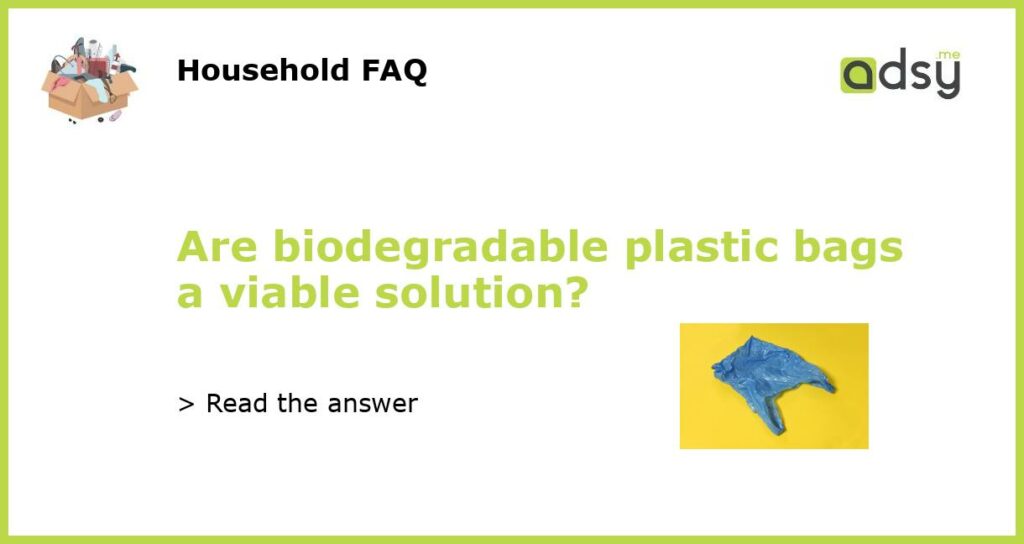Biodegradable Plastic Bags: A Viable Solution?
Plastic pollution is a global crisis that is harming our environment and wildlife. With millions of tons of plastic waste being generated each year, finding a viable solution has become a pressing issue. One potential solution that has gained attention in recent years is the use of biodegradable plastic bags. These bags are designed to break down more quickly in the environment compared to traditional plastic bags. However, there are several factors to consider when evaluating whether biodegradable plastic bags are truly a sustainable and effective solution.
The Science of Biodegradable Plastic Bags
Biodegradable plastic bags are made from materials that are designed to break down through natural processes, such as exposure to sunlight, heat, and microorganisms. These bags are typically made from plant-based materials, such as cornstarch or polylactic acid (PLA), which are biodegradable under certain conditions. The idea behind biodegradable plastic bags is that they will break down into non-toxic components that do not harm the environment. However, the reality is a bit more complicated.
The Challenges of Biodegradable Plastic Bags
While biodegradable plastic bags may seem like a promising alternative to traditional plastic bags, there are several challenges that need to be addressed. First, not all biodegradable bags are created equal. Some bags may claim to be biodegradable but require specific conditions, such as high temperatures or industrial composting facilities, to break down. This means that if these bags end up in a landfill or the ocean, they may not break down as intended.
Second, the production of biodegradable plastic bags often requires significant amounts of resources and energy. The manufacturing process for these bags can have a high carbon footprint, which makes it difficult to argue that they are a truly sustainable solution. Additionally, the widespread adoption of biodegradable plastic bags could lead to increased demand for the raw materials used to produce them, such as corn or other crops. This could have negative consequences for agriculture and food production.
The Importance of Proper Disposal
Even if biodegradable plastic bags are designed to break down more quickly compared to traditional plastic bags, proper disposal is still crucial. If these bags are not disposed of properly, they can still end up in the environment where they can cause harm. It is important to educate consumers on the proper disposal of biodegradable plastic bags and ensure that appropriate waste management systems are in place to handle these bags.
Furthermore, there is an ongoing debate about whether biodegradable plastic bags are truly a better alternative to reusable bags. Reusable bags, such as those made from canvas or other durable materials, can be used multiple times and have a lower environmental impact over their lifespan compared to biodegradable plastic bags. Encouraging the use of reusable bags and reducing overall bag consumption may be a more effective solution to plastic pollution.
The Role of Regulation and Innovation
Regulation and innovation play a crucial role in determining the viability of biodegradable plastic bags as a solution to plastic pollution. Governments and industries need to establish clear standards and labeling requirements for biodegradable bags to ensure that they are truly environmentally friendly. Additionally, continued research and development are needed to create biodegradable materials that are more sustainable and efficient to produce.
In conclusion, while biodegradable plastic bags may offer some benefits compared to traditional plastic bags, they are not a perfect solution to plastic pollution. The challenges associated with their production, disposal, and overall environmental impact make it necessary to approach this alternative with caution. Ultimately, reducing plastic consumption, promoting reusable alternatives, and improving waste management systems are key to addressing the plastic pollution crisis.






